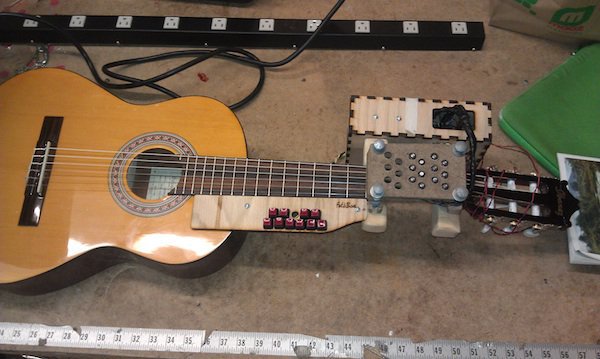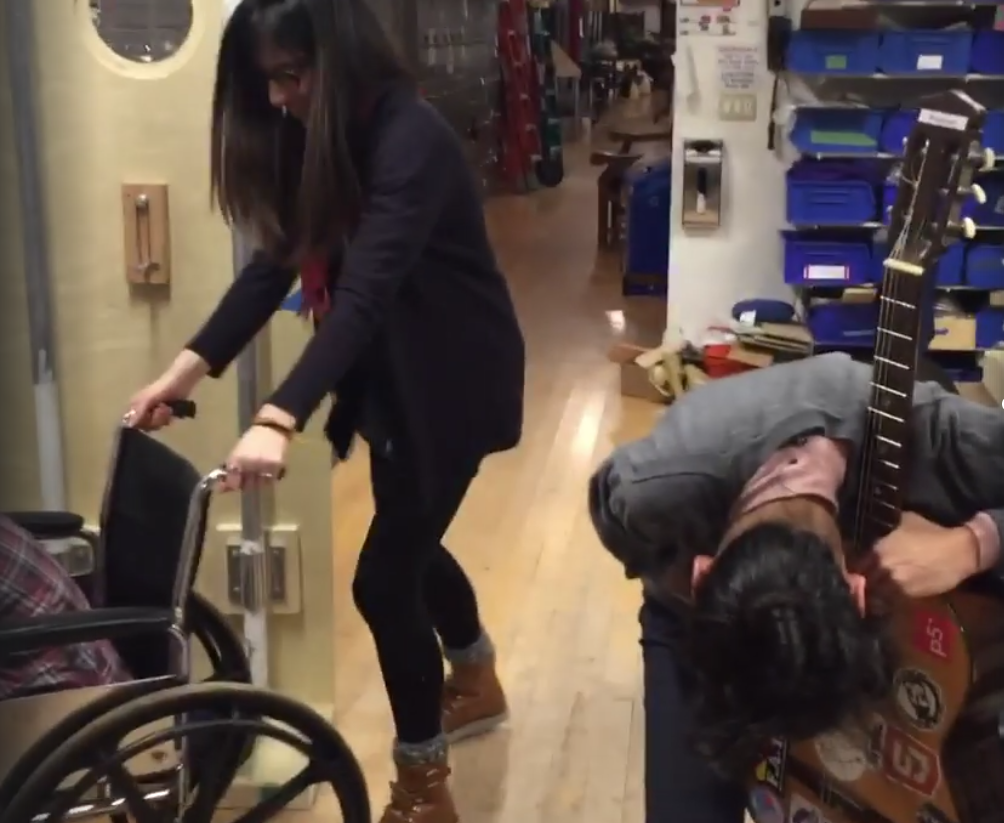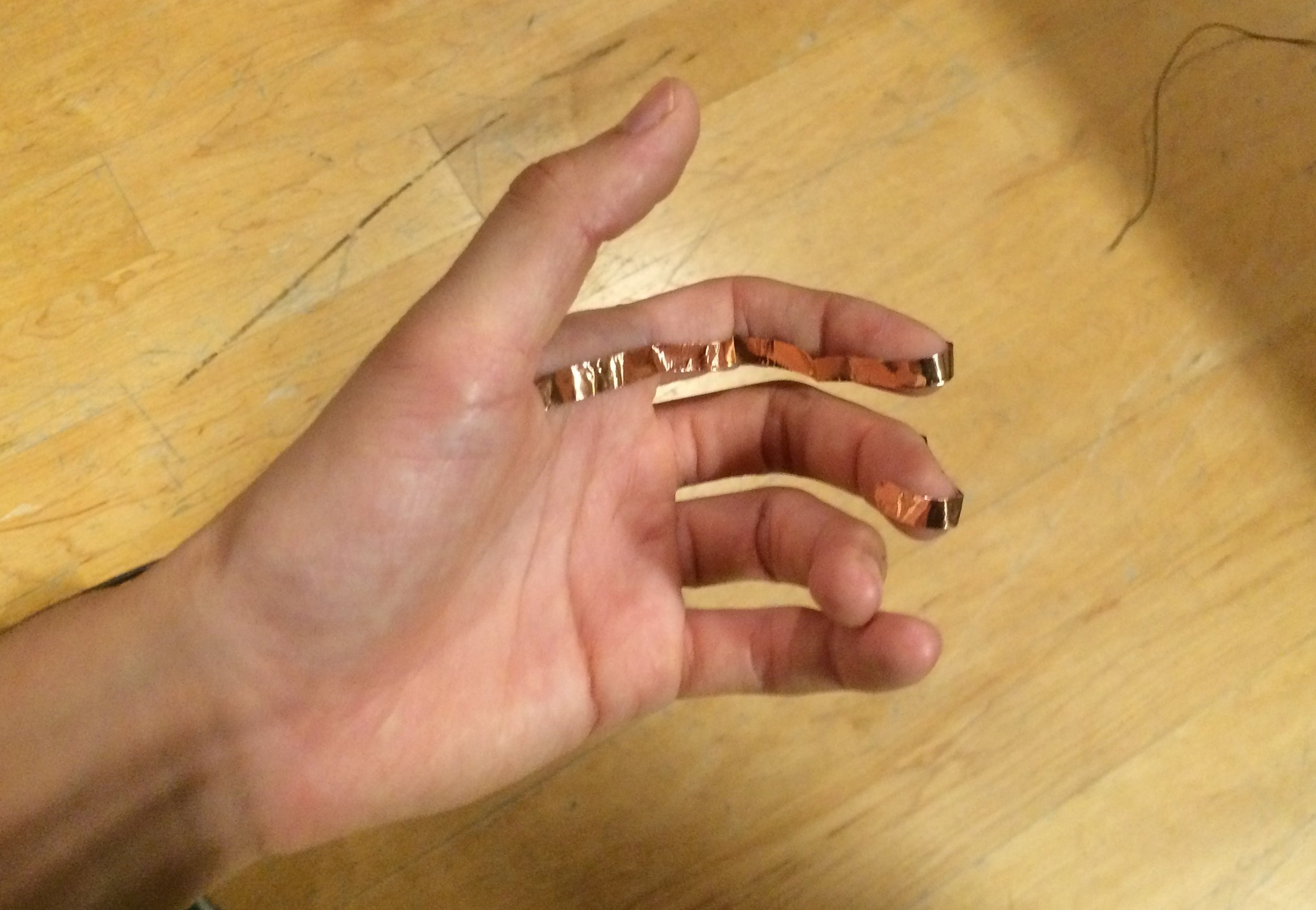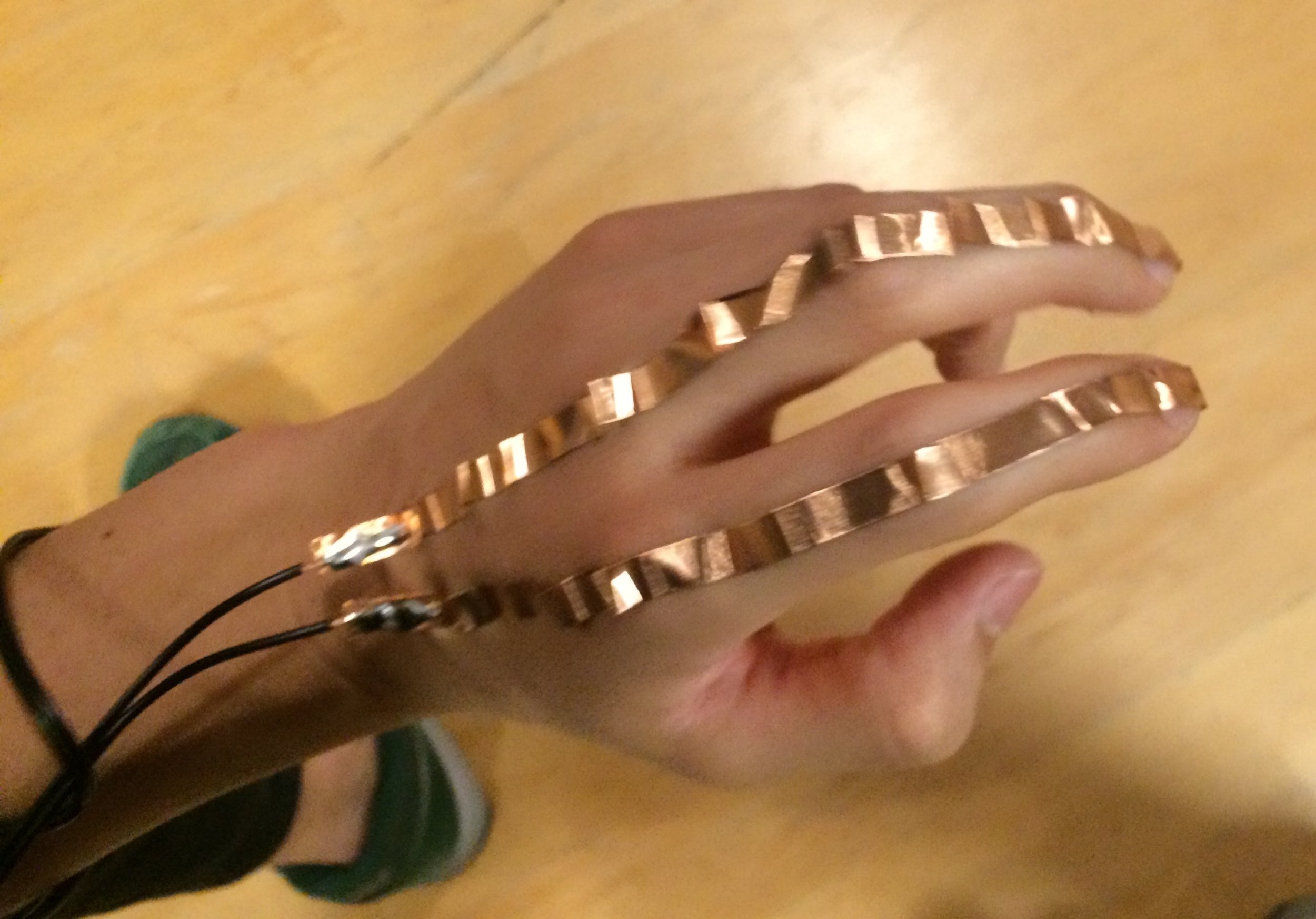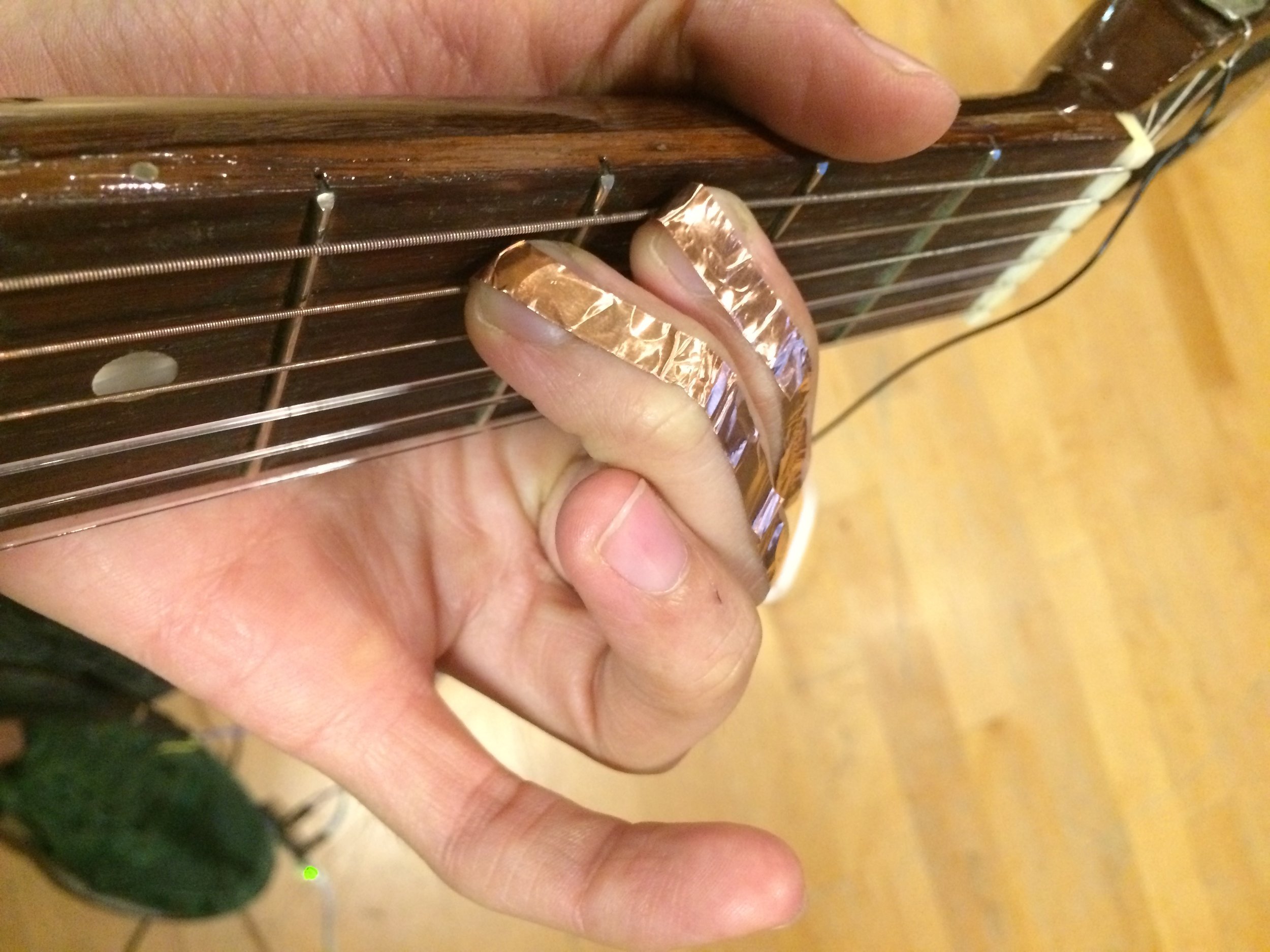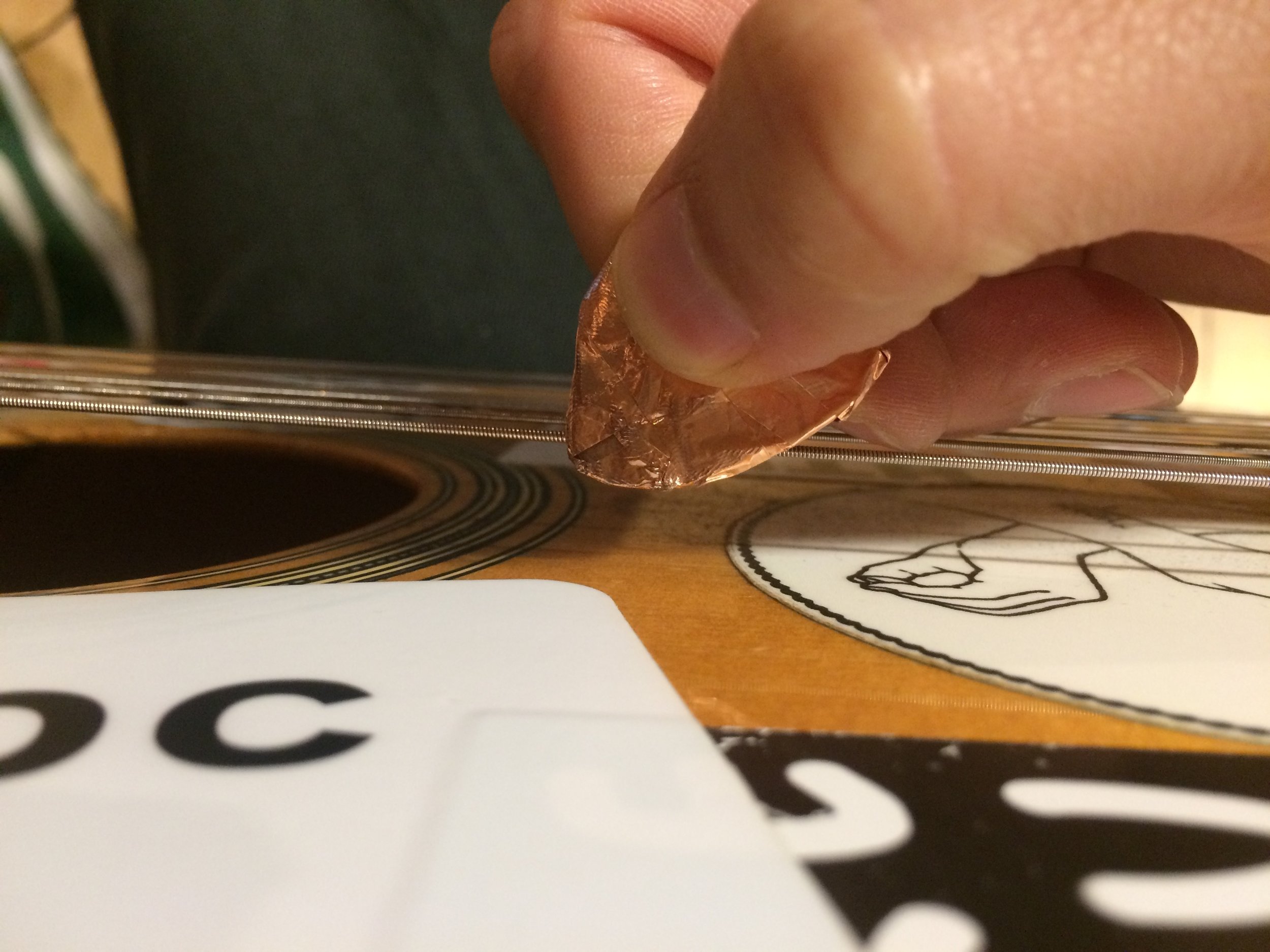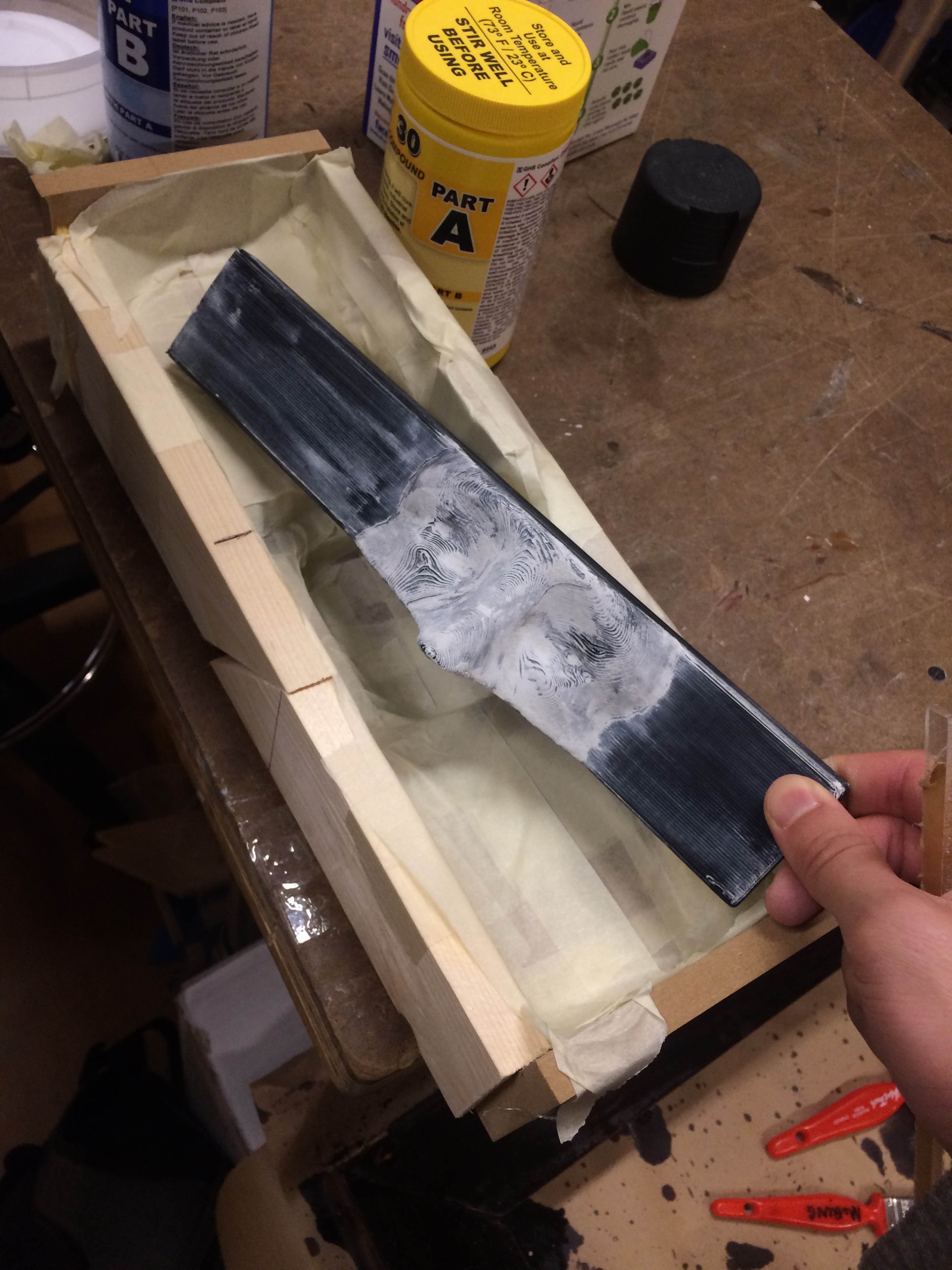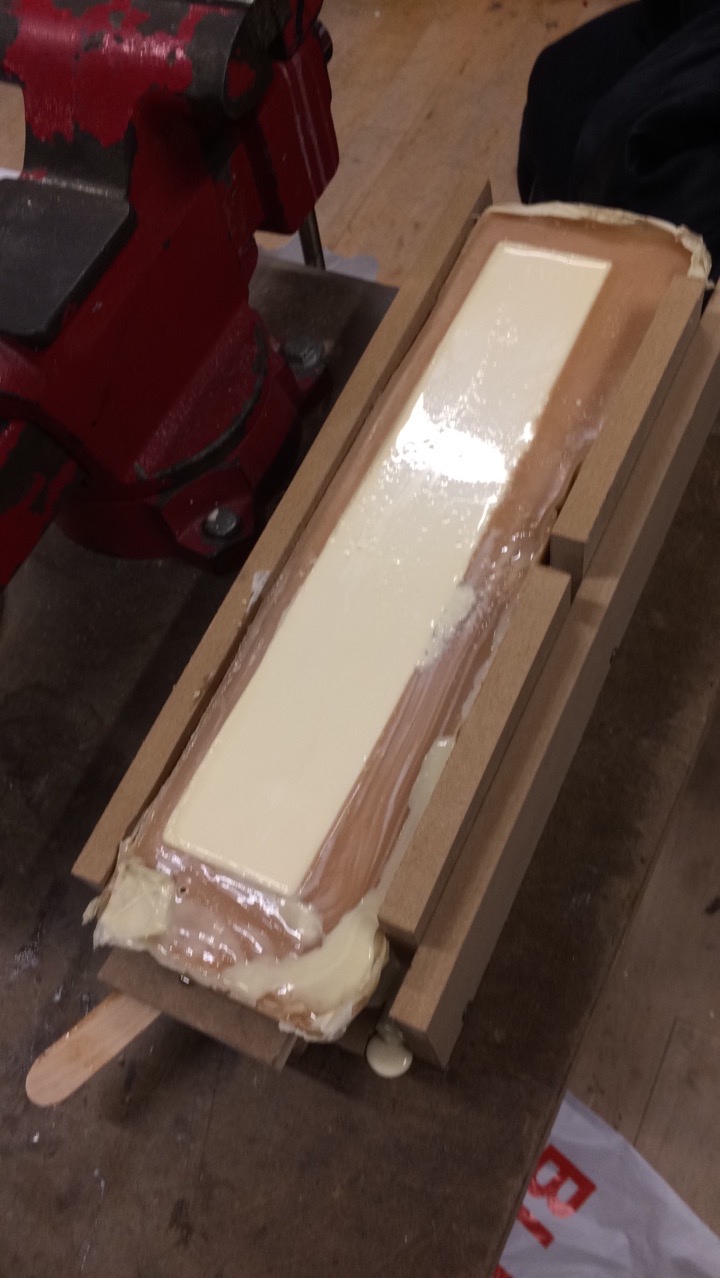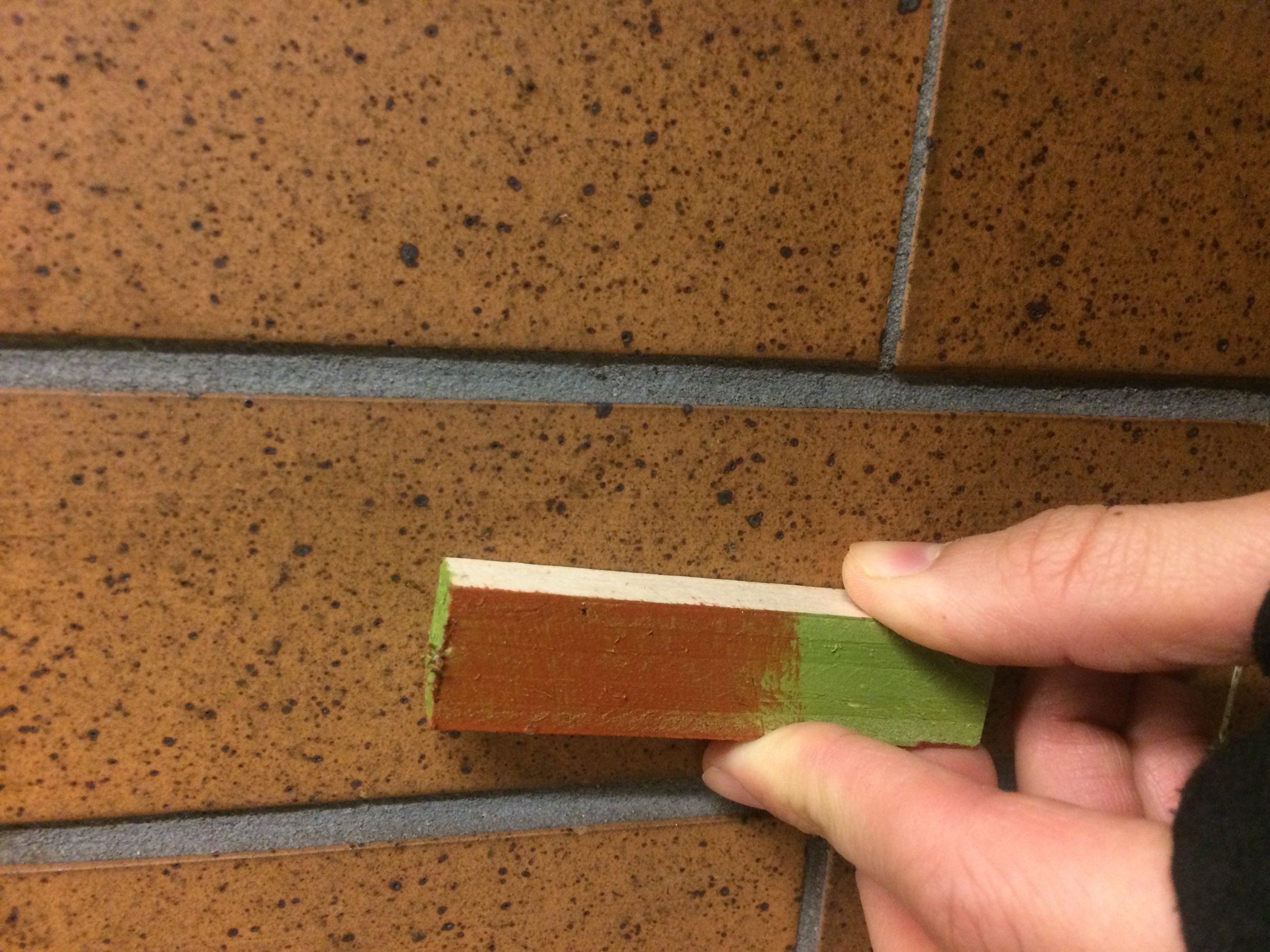So you are wondering why my blog posts are in Spanish? You came to the right place.
For the rest of the semester I have decided to do an exercise and write my blog posts in Spanish. In part it is because I want to share some of the knowledge I am absorbing with people back home. Also, I am learning all of this in english and if I don't force myself to learn the concepts and terms in Spanish, it is hard to later have those conversations without jumping back and forth across languages.
More important however, is the fact that a lot of what I am learning is already written in English and not so much in other languages. I have been thinking a lot recently if learning English should be a requirement in order to learn more advance computer concepts. Although today it might be the case here is an effort for the opposite.
Talking with fellow ITPer Sejo about this, he shared a story he read about Mariano Gomez, who been doing remarkable work in his rural community in Chiapas (south Mexico) connecting isolated communities to the internet. Awarded by the Internet Society as one of the 25 under 25 making a difference in their community he could not receive the award in person. The US embassy denied his visa based on systematic discrimination towards indigenous communities. His house not having a proper address with street names and numbers, his bank account not having enough funds, and his region being a strong source of undocumented immigration.
I am not sure where I am going with all of this, I guess the story resonated with me because Mariano is fully bilingual (in Spanish and Tseltal, a Mayan language).
If you are a professor grading me this semester, and have difficulties reading my posts I would like to talk to you. If you are a student or anyone else interested in my posts but can't understand them reach out to me and I'll explain them to you in english.
Mientras tanto, pasa tanto!

